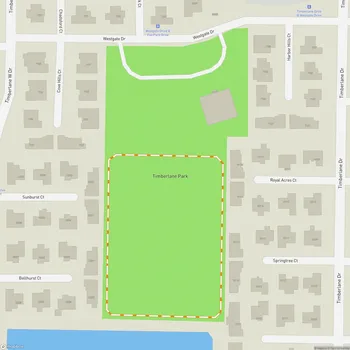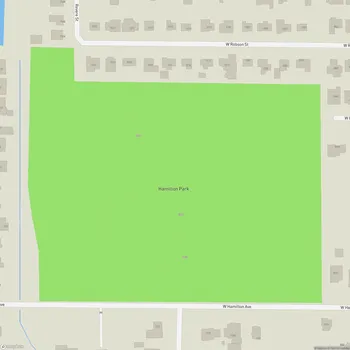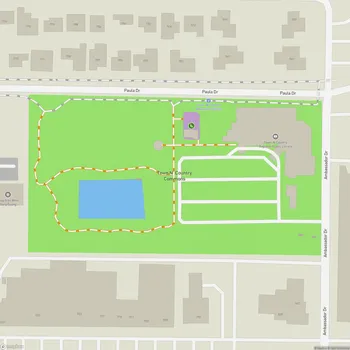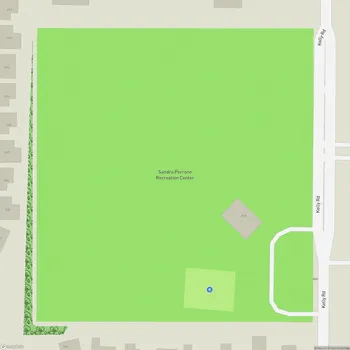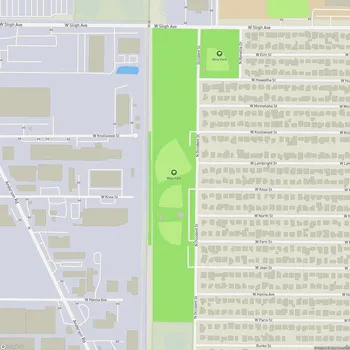Upper Tampa Bay Park
Upper Tampa Bay Park Map
About Upper Tampa Bay Park in Tampa
Upper Tampa Bay Park is a 596-acre conservation area located on the Double Branch Peninsula, approximately three miles southeast of Oldsmar in Hillsborough County, Florida. The park borders Old Tampa Bay and Double Branch Creek, offering visitors a glimpse into the diverse ecosystems of coastal Florida.
The park features a variety of natural habitats, including mangrove forests, salt marshes, freshwater marshes, coastal hammocks, and pine flatwoods. This diversity of environments provides a home for numerous plant and animal species, making it an excellent location for nature observation and study.
Upper Tampa Bay Park has been minimally developed to preserve its fragile and sensitive environment. However, it still offers several amenities for visitors to enjoy and learn about the local ecology. The park includes a nature center with interpretive exhibits describing the park's environment, history, and geology. Live animal displays, including fish, snakes, and turtles, can also be found in the nature center.
For those interested in exploring the park's natural beauty, there are nature trails and boardwalks that wind through the various habitats. These paths provide opportunities for hiking, bird watching, and wildlife spotting. Visitors might encounter a range of animals, including gopher tortoises, various bird species, and even bobcats.
The park also offers water-based activities, with a canoe and kayak launch providing access to Double Branch Creek and Old Tampa Bay. These waterways are excellent for observing aquatic life and are known for game fish such as red drum and snook.
Upper Tampa Bay Park is not just a recreational area but also a site of historical significance. The park encompasses the Upper Tampa Bay Archaeological District, which was added to the US National Register of Historic Places in 1985. This area contains evidence of Tocobaga Indian habitation from approximately 900 A.D. until the 1500s, including shell mounds left by these early inhabitants.
